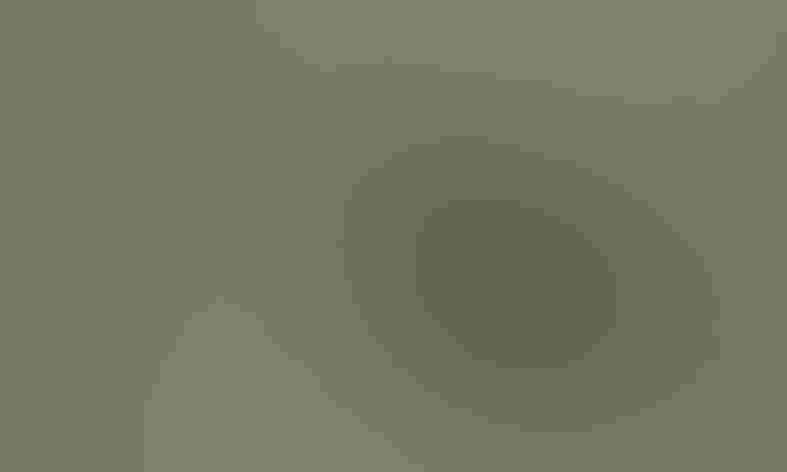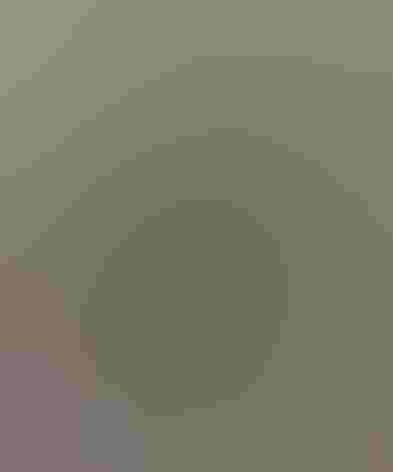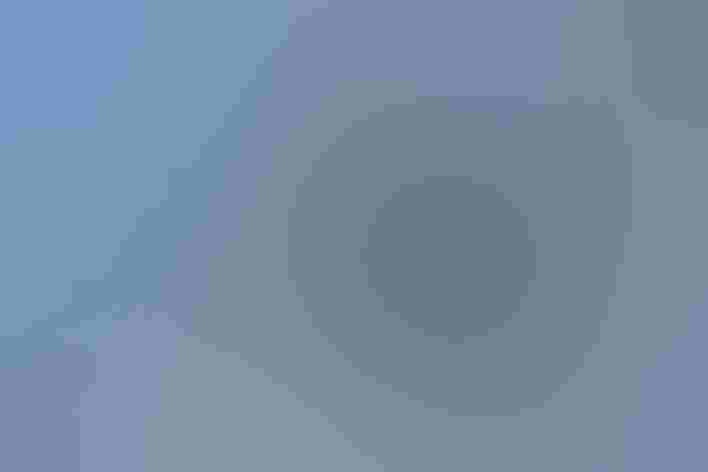Rusty Blackbird
At a Glance
Birders might say that this blackbird is rusty because it spends so much time in the water. In migration and winter it is usually in swampy places, wading in very shallow water at the edges of wooded streams. In summer it retires to northern spruce bogs; no other blackbird has such a northerly breeding distribution. The name 'Rusty' applies to the colors of fall birds, but it could also describe the rusty-hinge sound of the creaking song.
All bird guide text and rangemaps adapted from by Kenn Kaufman© 1996, used by permission of Houghton Mifflin Harcourt Publishing Company. All rights reserved.
Category
Blackbirds and Orioles, Perching Birds
IUCN Status
Vulnerable
Habitat
Coasts and Shorelines, Fields, Meadows, and Grasslands, Forests and Woodlands, Freshwater Wetlands, Saltwater Wetlands, Shrublands, Savannas, and Thickets, Tundra and Boreal Habitats
Region
Alaska and The North, California, Eastern Canada, Florida, Great Lakes, Mid Atlantic, New England, Northwest, Plains, Rocky Mountains, Southeast, Southwest, Texas, Western Canada
Behavior
Direct Flight, Undulating
Population
6.800.000
Range & Identification
Migration & Range Maps
Migrates relatively late in fall and early in spring. Strays appear in the West and Southwest most often in late fall.
Description
9" (23 cm). In most seasons, dull black (male) or slaty (female), with yellow eyes. Like male Brewer's Blackbird but less glossy, with thinner bill. In fall, distinctive with rusty feather edges, buff eyebrow.
Size
About the size of a Robin
Color
Black, Brown, Yellow
Wing Shape
Rounded
Tail Shape
Rounded, Square-tipped
Songs and Calls
Like the squeaks of a rusty gate; call note a sharp check.
Call Pattern
Falling, Rising
Call Type
Buzz, Chatter, Chirp/Chip, Trill, Whistle
Habitat
River groves, wooded swamps; muskeg in summer. Breeds in the muskeg region, in wet northern coniferous forest with many lakes and bogs. During migration and winter, favors areas with trees near water, as in wooded swamps and riverside forest; will also forage in open fields and cattle feedlots with other blackbirds.
Sign up for ÃÛèÖAPP's newsletter to learn more about birds like the Rusty Blackbird
Behavior
Eggs
4-5, sometimes 3-6. Pale blue-green, spotted with brown and gray. Incubation is by female only, probably about 14 days.
Young
Both parents feed nestlings. Young leave the nest about 11-14 days after hatching.
Feeding Behavior
Forages mostly by walking on wet ground or wading in shallow water. May be solitary or in flocks. May join flocks of other blackbirds and feed with them in dry fields.
Diet
Mostly insects and seeds. Majority of annual diet is insects, including many aquatic insects such as caddisflies, mayflies, dragonflies, and water beetles, plus land insects such as grasshoppers and others. Also eats snails, crustaceans, small fish, small salamanders. Eats many seeds and waste grain, especially in winter, also a few berries.
Nesting
Sometimes nests in small, loose colonies, but more typically in isolated pairs. Male gives harsh, grating song in spring, to defend nesting territory or to attract a mate. Nest site is in dense cover, usually in conifer or in shrubs above the water; placed very low, typically only a few feet above water or ground, but can be up to 20' high in coniferous tree. Nest (built by female) is a bulky open cup of twigs and grass, often with foundation of Usnea lichens, the inner bowl shaped of mudlike decaying plant material from the forest floor; lined with fine grass.
Conservation
Conservation Status
Although its remote breeding range and swampy winter habitat make it difficult to census, some scientists believe that the total population of this species may have declined by more than 80 percent in recent decades.
Climate Threats Facing the Rusty Blackbird
Choose a temperature scenario below to see which threats will affect this species as warming increases. The same ÃÛèÖAPP change-driven threats that put birds at risk will affect other wildlife and people, too.












